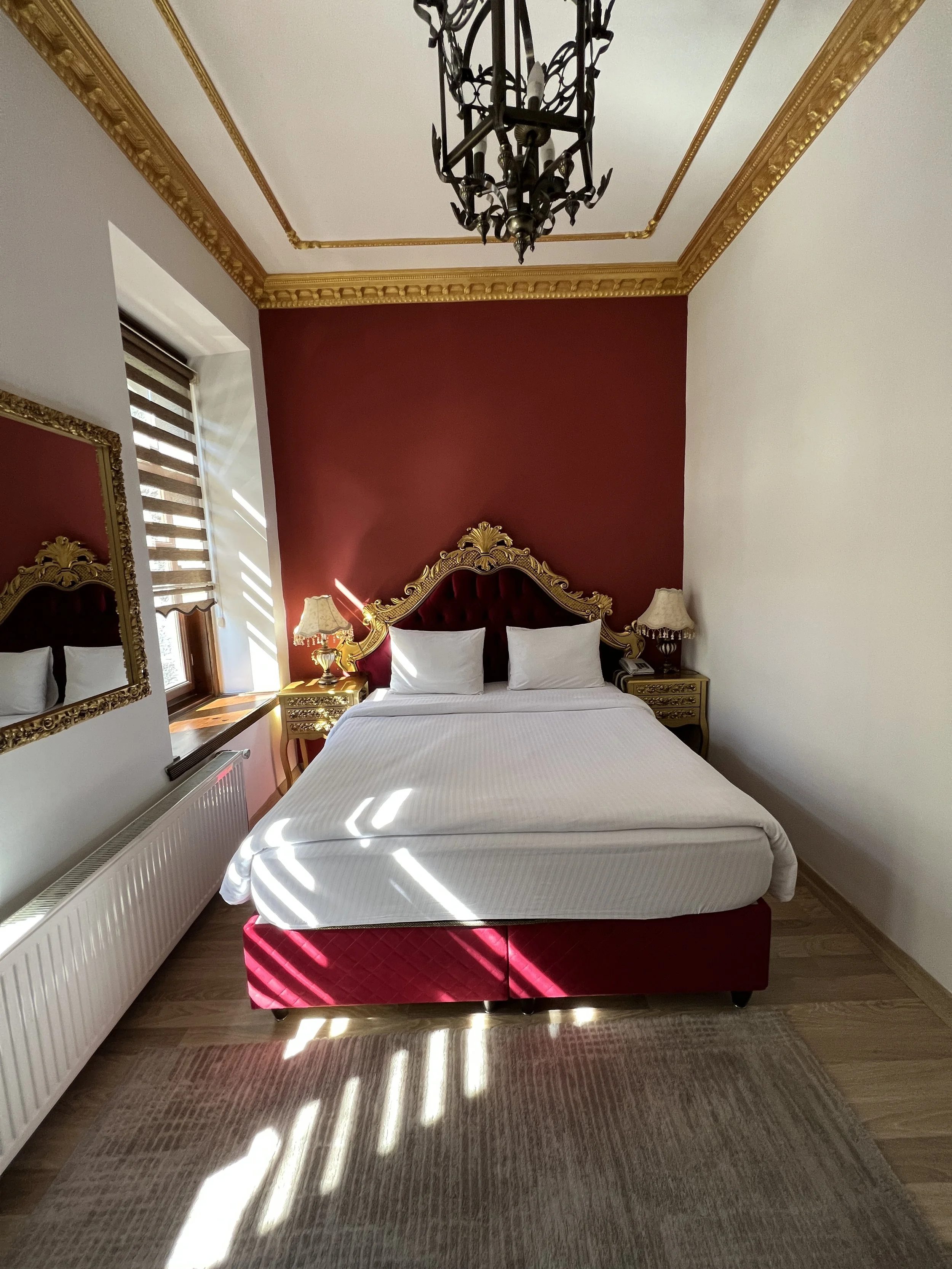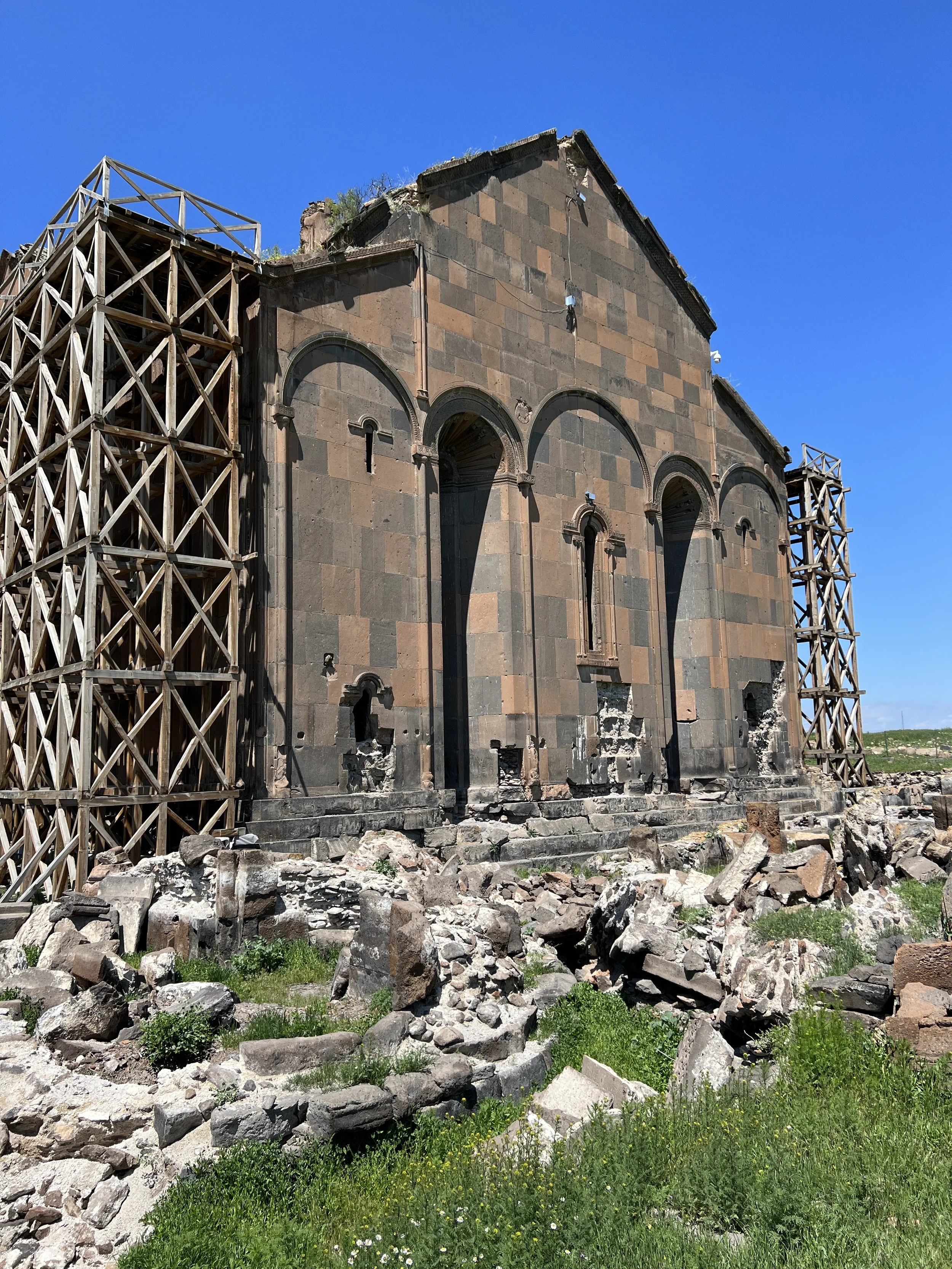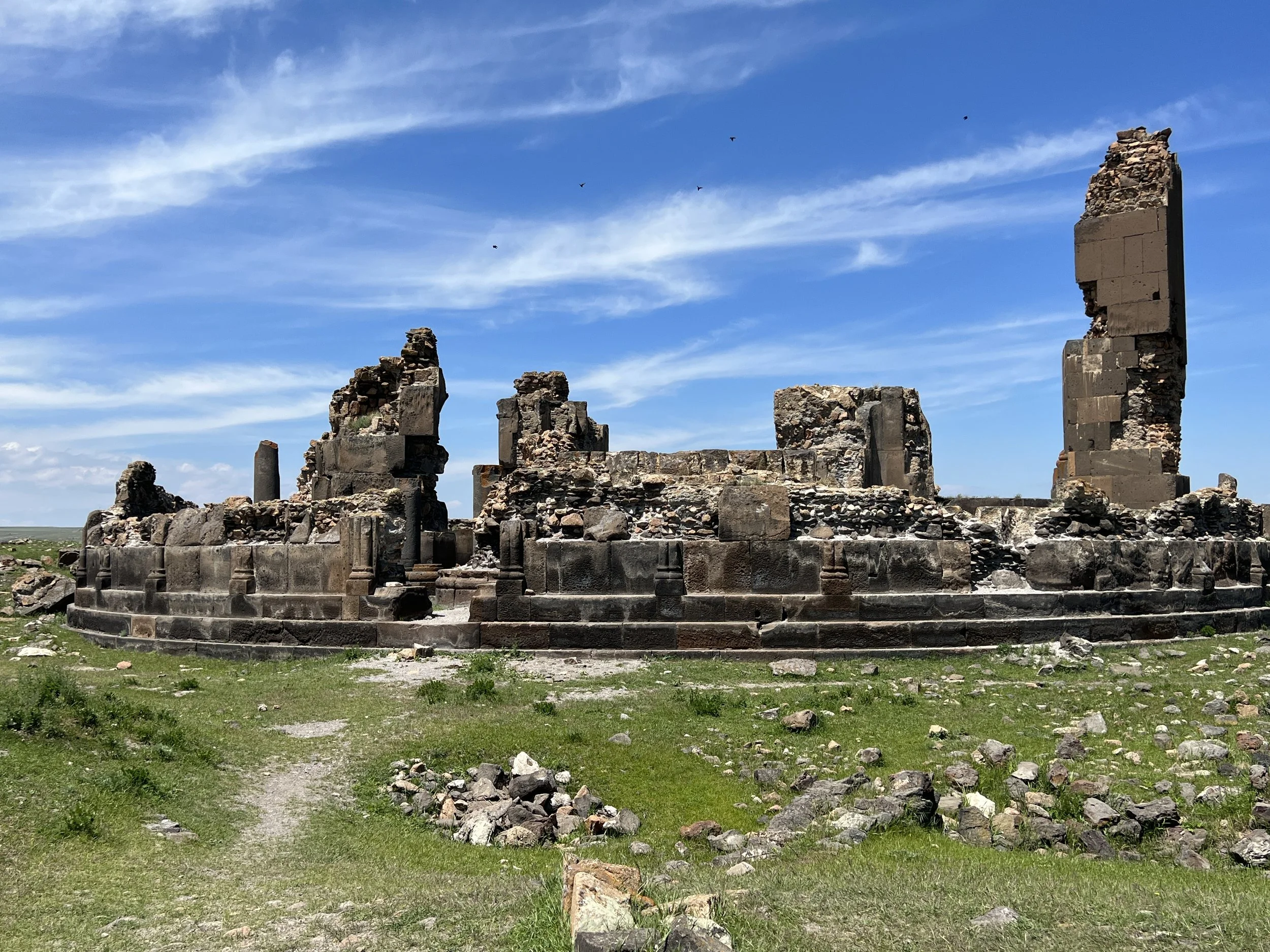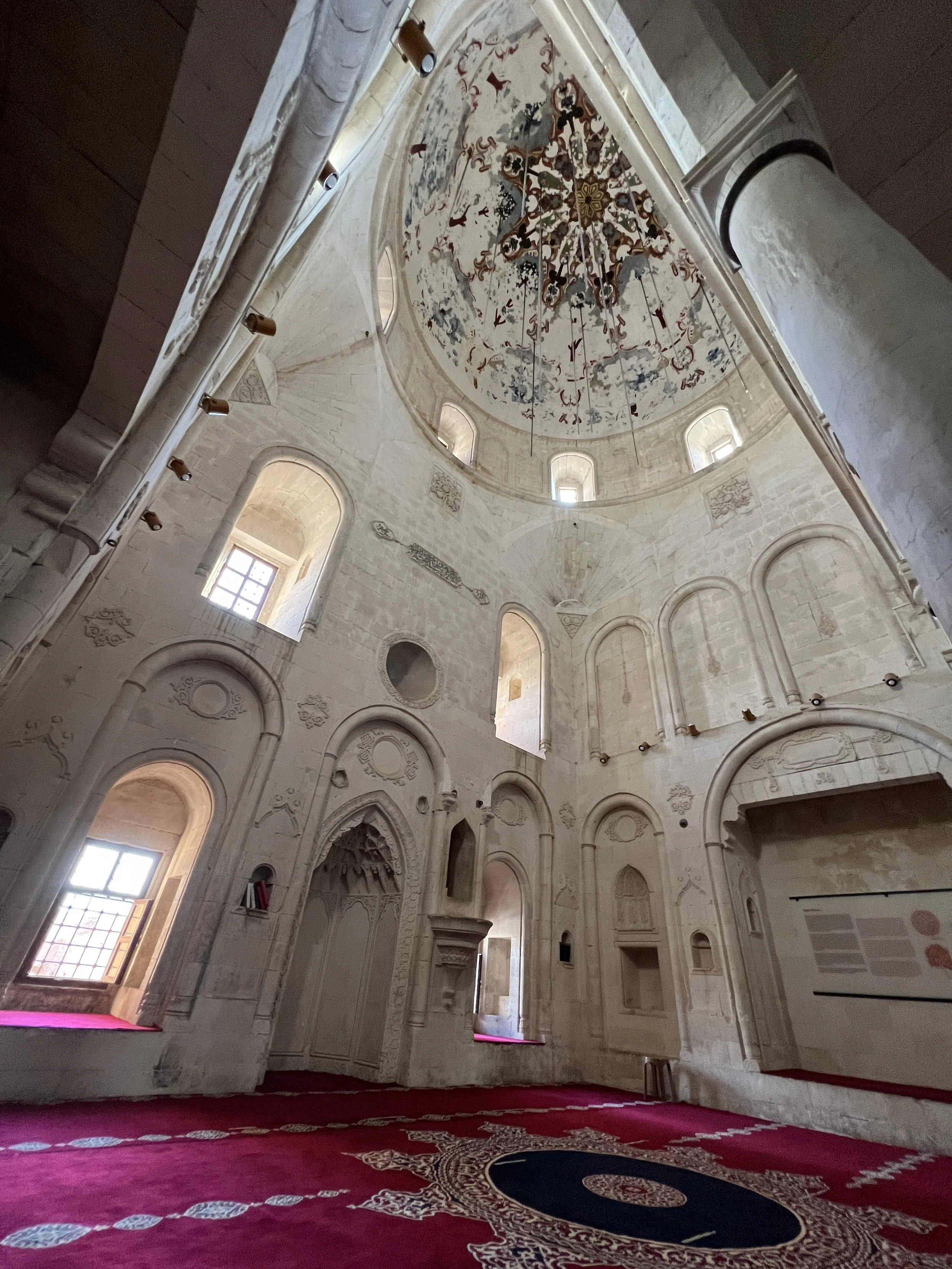Kars, Turkey (Türkiye)
Those familiar with author Orhan Pamuk might have come across the book Snow. Here, Pamuk describes a dreary, oft-forgotten town in the far eastern reaches of Turkey (now Türkiye). Ever since I read this book and learned about the city of Kars in a Turkish history class, I’ve been determined to go and see this place for myself. In June 2022, I was able to make that a reality. Here are my thoughts from my two days on the ground there.
Expect Confusion:
Most tourists in Turkey visit Istanbul, Cappadocia, or the Aegean coast. Few venture into the center and eastern parts of the country. So, expect a lot of questions about why you’re going to Kars from people in other parts of Turkey and even when you’re on the ground in Kars. However, I often find that the places with few foreign tourists are often the most interesting to explore (and have the most wow factor when talking with your friends back home, if that’s what you’re looking for).
Learn a bit of Turkish:
While you can get around major Turkish cities and coastal areas with English, that won’t be possible in Kars. Nobody I interacted with while in Kars spoke a lick of English, except for one lady at the hotel who asked, “tea or coffee?”
I’m very grateful I can speak a few words of Turkish because they indeed came in handy in Kars! Learning basic words like restaurant (lokanta), water (su), and taxi (taksi— lol) will make your experience traveling there quite smooth.
The Downtown
Don’t come to Kars expecting a metropolis. After all, the population is under 75,000. However, while in the town I do recommend seeing the area around the Kars Castle (Kulesi). First, you can take the 100-odd steps up the castle, which will afford some expansive views of the city, river, and surrounding steppes. At the bottom of the steps is the mosque. Mosques are not in and of themselves a noteworthy site in Turkey, but this one is intriguing since it used to be a church. It
has the traditional style of churches in Armenia and Georgia with a central dome. Besides that, I recommend walking by the river and eating at this lovely little restaurant. The hummus topped with local cheese (Kaşar) is divine.
Hotels:
I stayed at Hotel Katerina Sarayı. Back when Kars was part of the Russian empire this building was a hospital. It’s located about a 10 minute walk from the city, right on the river. I highly recommend getting a river-facing room so that you can open your window and listen to the water at night. For less than $50 a night, this place was a great value.
Outside The City:
Ani:
The real draw of Turkey’s far east lies outside the city center. I came primarily to see Ani— an ancient capital city. The ruins of this once mighty place lie right on the closed Turkish-Armenian border. Even if you’re not a history buff, this is a fascinating place to visit because of the political posturing that goes on here. In the parking lot, you’ll see an enormous Turkish flag, and then a few hundred meters to the side— in a different nation— is an equally large Armenian one. The towns are so close to one another that the radio signal would often toggle to Armenian news for a bit when driving.
Visiting Ani takes about 5 hours, especially if you deviate from the path to walk up on one of the hills overlooking the ruins. I highly recommend paying for the audio guide, which explains what each building was used for and a bit more about the city’s general history.
Ishak Pasha Palace:
I had flown to Kars to see Ani and didn’t know about anything else in the area. That’s why I was happy my driver recommended we visit the Ishak Pasha Palace. It’s about a 3 hour drive from Ani, but the views along the way (and the palace itself) make it well worth it.
Mount Ağrı / Ararat:
There’s so much lore about Mount Ararat: a single snow-topped mountain on the Turkish side of the border with Armenia. It truly is a sight to behold. Thankfully, when driving around there you will get many glimpses. The best view came from a kebab restaurant on the drive from Doğubayazıt and the Ishak Pasha Palace back to Kars. Talk about a view— and it came for free with the $4 kebab!
Considerations:
Since this is a border region with few western visitors, expect the occasional military checkpoint stop. My driver explained we were getting stopped a bit more than usual because there are lots of young Afghani men sneaking over the border into Turkey right now, and I look a little bit like one. That being said, I had very smooth experiences going through the checkpoints. I simply handed over my passport, stated my nationality (because they didn’t know where the passport was from), and was waved through after they leafed through the pages.
I’d tread carefully when discussing the country across the way— Ermenistan as it is known in Turkish. Since this is a border region, tensions run high, and I didn’t want to risk causing any discomfort while in a foreign land. One thing I do recommend doing is keeping your eyes and ears peeled for propaganda, like those flags. For instance, when walking through Ani I noticed that the mosque is fully operational and does a call to prayer. Considering nobody came there to pray and that the call seemed a little louder and longer than usual, I can’t help but wonder if it was there to send a message to the Christian nation that once called the site of these ruins its capital.
Conclusion:
While most tourists to Turkey stick to a few select areas, those that choose to deviate from the path are certain to be rewarded with unique, valuable experiences. Kars certainly provided that to me— the ability to wander among ancient buildings in a remote, tranquil setting was life-changing. The landscapes around on the way to Ishak Pasha Palace were some of the most unique I’ve seen, and it made me incredibly thankful for visiting this corner of Turkey.













